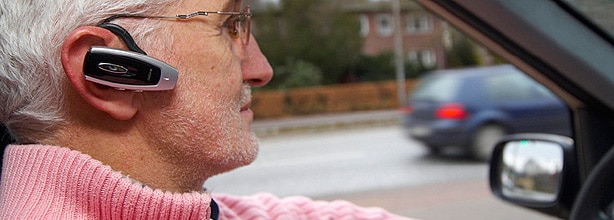
- Semiconductor Technology Now
Visiting Laboratories
Extending Human Abilities through Human-Machine Integration
November 30, 2017
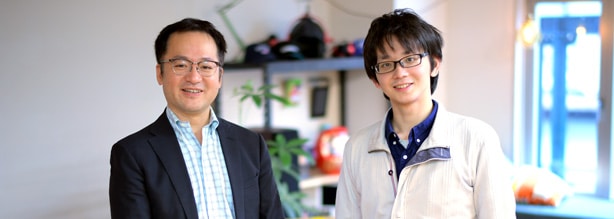
While many people today are voicing concern that our jobs might be threatened by artificial intelligence (AI) and robots, Professor Masahiko Inami at the University of Tokyo is exploring ways to have machines extend human abilities rather than overtake human jobs. His research expertly integrates knowledge and insights in diverse fields including electronic devices, information technology (IT), sensory and cognitive physiology, sports, and arts. Telescope Magazine visited Professor Inami’s lab that included a posh living area, and asked about his multidisciplinary research themes as well as his expectations for the students at the lab.
-
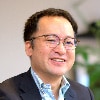
Part. 1
Professor
Masahiko Inami
-
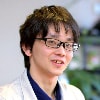
Part. 2
Shinya Serizawa
Part. 2 Shinya Serizawa
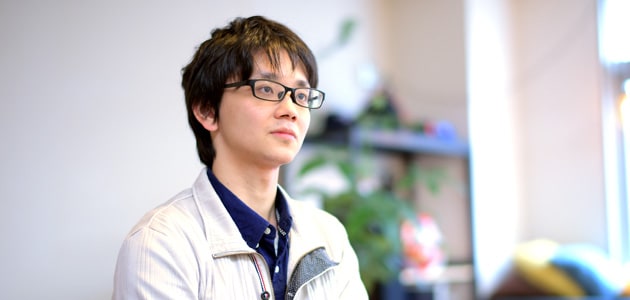
Telescope Magazine(TM): What was the reason you chose to join the Inami Hiyama Laboratory?
Shinya Serizawa: When I was a senior undergraduate at the University of Tokyo, I was with the Department of Mathematical Engineering and Information Physics, Faculty of Engineering. I was continuing on to the graduate studies and considered two paths available at the department: the Mathematical Informatics program and the Information Physics and Computing program. By that time, I had already developed an interest in human mind and psyche, and I was hoping to take up a research theme in this field. However, as the Department of Mathematical Engineering and Information Physics is devoted to studying practical engineering concepts and principles from the viewpoints of mathematics and physics, the majority of its labs seemed incompatible with my research interest in human mind and psyche. In the end, I chose the Inami Hiyama Laboratory because no other lab seemed a better fit for me considering what I had studied and where my research interests were headed. My interest in VR was also a major factor.
TM: It’s interesting that you began to take an interest in human mind while studying engineering.
Shinya Serizawa: I was originally interested in robotics, but I found the overly mechanistic nature of the technology rather off-putting, and so shifted my focus first to AI, and then to human mind and psyche. I wanted to think more deeply about the processes that determine our cognition and behavior, which I think is a puzzling yet quite fascinating theme.
TM: What is your current theme of research?
Shinya Serizawa: Extending cognitive abilities is a major theme of my research. Specifically, I’m working on a project to create VR in which recorded images of the past and virtual images are presented in a way that is indistinguishable from what’s happening right here and now.
TM: So, your research might make ghosts visible, for instance?
Shinya Serizawa: Well, let’s take ghosts as an example. When ordinary VR presents a ghost, the audience are fully aware that what they are seeing is a fake, and they just enjoy a simulated ghost sighting. What I am trying to do, in contrast, is to create a VR projection so real that the audience are convinced an entity is actually there.
TM: So, it’s the kind of technology that makes us forget the boundary between what’s real and what’s not.
Shinya Serizawa: That’s right. I’m trying to figure out the conditions for making things feel real. Then I’ll sort them into necessary conditions and sufficient conditions, and in the process I hope to deepen my understanding about the sense of reality, so I can create new kinds of reality or even a world I might call “super reality” which supersedes the reality we know. In short, I am exploring ways to make us perceive unreal things as if they were real.
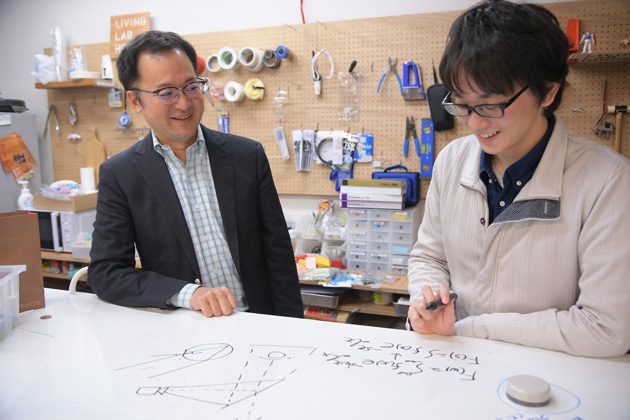 |
TM: How is that research working out?
Shinya Serizawa: I only joined the lab in April, so I am just beginning to see the direction of my research. I haven’t got anything palpable yet because the really hard work is still ahead. I’ll know more when the project gets underway.
TM: Your research involves various fields in a very complex manner. Doesn’t that make it tough to formulate a plan of attack?
Shinya Serizawa: I’ll discuss the issue with fellow researchers at the lab and explore my options. Because my previous studies had narrowly focused on engineering, I kind of regret that I hadn’t pursued some other interests as well, because diversity of experience is valuable in our line of research.
TM: The theme appears to be approachable from various angles, including intensive human cognition studies and engineering solutions for device improvement.
Shinya Serizawa: Neuroscientific approaches to explain human cognition are more common in this field. However, I’d rather use a technological means to augment our immediate surroundings so as to explore ways to interface with humans.











